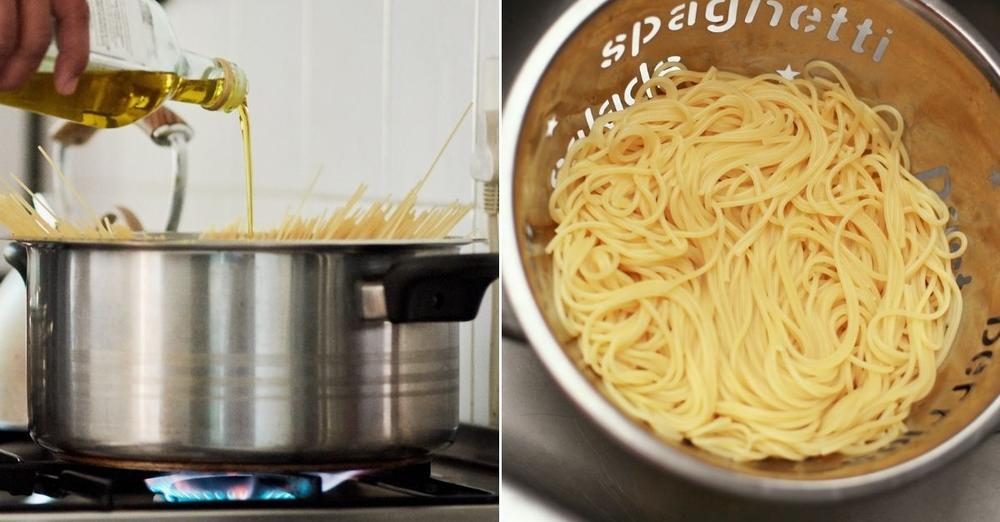Here’s Why You Should Never Make This Mistake When You’re Cooking With Almond Flour
Almond flour is a staple for many bakers, but treating it like regular flour can lead to disaster. The key mistake? Packing it into the measuring cup. This seemingly small error can throw off the texture, rise, and balance of your bakes. A simple fix is all it takes to avoid a greasy, dense outcome—learn how to measure it right!
;Resize,width=742;)
There’s a reason almond flour has nestled its way into every keto pantry, gluten-free recipe roundup, and Instagram-ready baking reel. It’s rich, nutty, and plays nice with everything from macarons to muffins. But behind its golden-brown glow lies a common mistake that can wreck your recipe faster than you can say “grain-free.” Spoiler alert: this isn't about substituting cup-for-cup or skipping the sifting—this is about something far more sneaky.
Treating Almond Flour Like Regular Flour
Here’s the scoop: you should never, ever pack almond flour like you do with all-purpose flour. It might seem like a small thing—just a scoop and press, right? Wrong. Almond flour is far denser and oilier than wheat-based flours. When you pack it, you’re throwing off the entire balance of your recipe. That beautiful cookie dough you were aiming for? Suddenly, it’s a greasy, leaden mess that bakes up more like a hockey puck than a treat.
It’s Not Just the Texture—It’s the Chemistry
What a lot of home bakers don’t realize is that baking isn’t just cooking with rules—it’s chemistry with expectations. Almond flour, being finely ground nuts, carries a much higher fat content than wheat flour. If you accidentally over-measure by packing it too tightly, you’re doubling down on fat and moisture, which throws off the binding, rise, and overall consistency of your bake. The result? Gummy centers, flat cakes, and cookies that spread like melted cheese.

How This Mistake Slips Through the Cracks
This error often flies under the radar because almond flour behaves differently in your mixing bowl. It’s already heavier than other flours, so even without packing, the batter might seem thicker. That can tempt bakers to add more liquid or tweak ratios, creating a cascade of unnecessary fixes to a problem they unintentionally started with the measuring cup. It’s a perfect storm of overthinking meets under-mixing, and no, the oven won’t magically fix it.
Even Recipes With Almond Flour Can’t Save You
A lot of folks think they’re in the clear if they’re following an almond flour-specific recipe. Unfortunately, many home cooks (and even some published ones) gloss over the importance of lightly spooning almond flour into the cup and leveling it off. Without this step, even the most well-balanced paleo brownie recipe can flop. The baking world has its quirks, and this one is sneakier than most.

Fixing the Habit Before It Bakes In
So how do you avoid the dreaded almond flour meltdown? Ditch the scoop-and-smash technique you use with brown sugar. Use a spoon to gently transfer almond flour into your measuring cup, then level it with a knife. No pressing, no packing. Think “fluffy snowfall,” not “compacted snowball.” It’s not about being precious—it’s about precision.
;Resize,width=767;)
;Resize,width=712;)

;Resize,width=712;)
